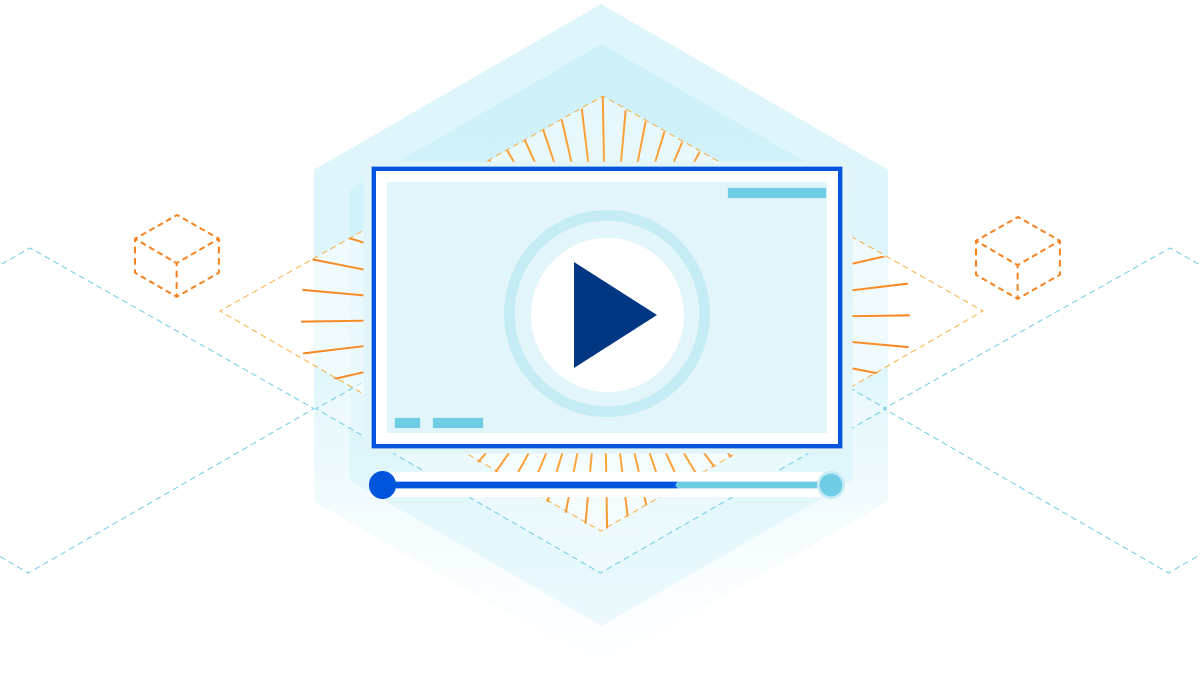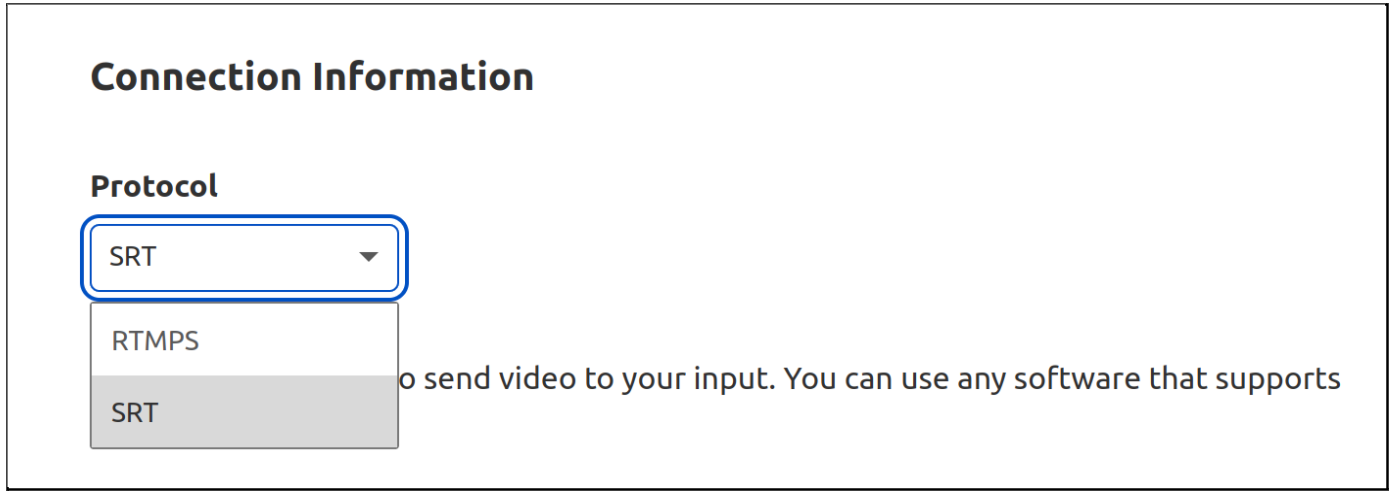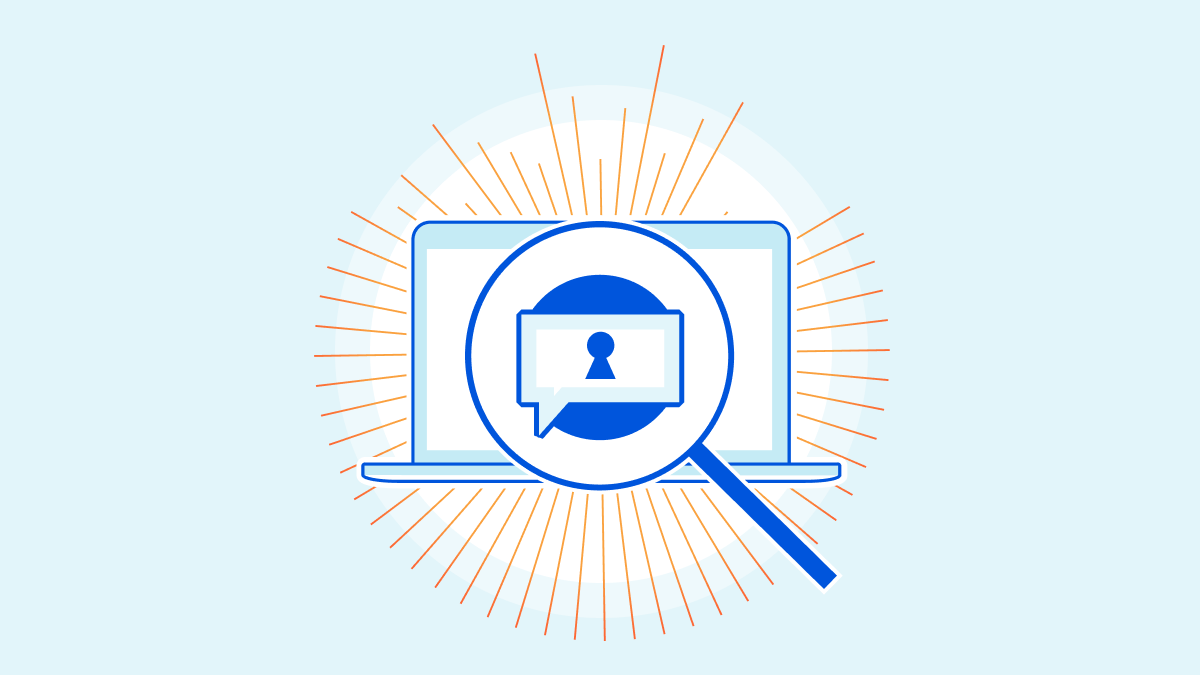Zero-trust for cloud-native workloads
There has been a huge uptick in microservices adoption in the data analytics domain, primarily aided by machine learning (ML) and artificial intelligence (AI) projects. Some of the reasons why containers are popular among ML developers is the ease of portability, scalability, and quick access to data using services—specifically network services. The rise of cloud-native applications, especially for big data in the analytics sector, makes these applications a prime target for cyber crime.
Preventing threat actors from breaching the network and accessing critical data or applications is a daunting task for one team or individual to take on alone. DevOps and security engineers, SREs, and platform architects all need to work together to facilitate the process. These teams are usually presented with two challenges:
- Since the fundamental architecture model of microservices is distributed, it is imperative that east-west traffic is present. With most common deployments using a multi-cloud or hybrid model, there is no real network perimeter.
- One or more microservices will access external services such as 3rd-party cloud services, APIs, and applications, resulting in multiple ingress/egress points for north-south traffic.
This article talks about what organizations need to know about zero trust for cloud-native workloads, and how zero trust Continue reading




